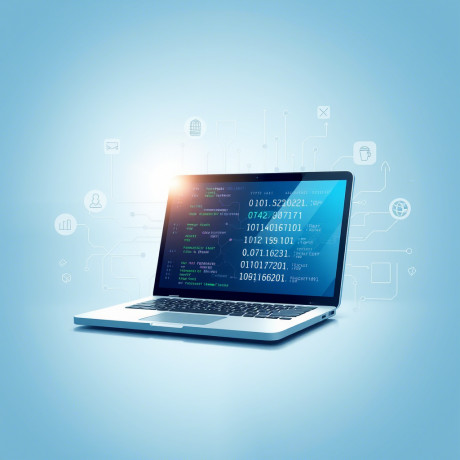Myth 1: Neural Networks Will Replace Lawyers
Reality : ChatGPT and similar models are advanced text generators, not legal experts. They:
- Make mistakes in interpreting laws, especially in complex cases.
- Cannot distinguish between current and outdated norms (e.g., they may reference repealed articles).
- Generate "plausible" answers that seem logical but do not align with legal practice.
Example : A neural network suggested a tax optimization scheme to a client without considering recent amendments to the Tax Code of the Russian Federation (NК RF).
The "Black Box" Problem
Neural network models operate as opaque systems:
- It’s impossible to trace the reasoning chain — how the AI arrived at its conclusion.
- No mechanism for verifying sources — the model generates responses based on associations rather than legal analysis.
- Risk of conflicting interests — training data may include incorrect patterns.
Consequences : A lawyer relying on ChatGPT risks giving clients inaccurate advice.
Algorithmic Expert Systems: Precision Over Guesswork
Unlike neural networks, expert systems (ES) based on algorithms:
- Are built on clear rules defined by lawyers.
- Allow pooling expertise from multiple specialists.
- Are easily updated when legislation changes.
How It Works :
- Lawyers formalize knowledge (e.g., conditions for terminating a contract).
- Algorithms check documents against these rules.
- The system provides recommendations with references to laws and precedents.
When to Choose an Algorithmic Approach
1. Template-Based Tasks
- Drafting standard contracts (rental, supply agreements).
- Checking documents for compliance with GOST or regulations.
Example : An ES analyzes a construction contract and automatically highlights clauses conflicting with Article 702 of the Civil Code of the Russian Federation (CC RF).
2. Working with Frequent Legislative Changes
- Tax calculators accounting for current rates.
- Verifying reports under the Federal Law “On Accounting.”
Case Study : After the VAT change in 2023, the algorithmic system Botman.one updated invoice templates within one day.
3. Standardizing Processes in Law Firms
- Automating the preparation of lawsuits.
- Verifying contractor details via API from the Federal Tax Service (FTS).
Why Algorithms Are More Reliable Than Neural Networks in Law
- Logic Control : Every rule can be reviewed and modified.
- Transparency : The system shows which norms it relies on.
- Security : No risk of "hallucinations" or data leaks like in LLMs.
Botman.one Example :
The platform allows:
- Creating expert systems without programming.
- Integrating templates with CRM and electronic signatures.
- Automatically updating documents when laws change.
How to Choose the Right Tool
- For Routine Tasks (contracts, verifying details) — algorithmic expert systems.
- For Analyzing Unusual Cases — neural networks only as an auxiliary tool , with mandatory review by a lawyer.
Key Takeaways
- ChatGPT is useful for generating ideas but not for legal decision-making.
- Algorithmic systems are the choice for tasks where accuracy and legal compliance are critical.
Examples of Botman.one Usage :
- Automating contract checks for compliance with Federal Law 44-FZ.
- Generating personalized lawsuits tailored to regional specifics.
- Integration with electronic signatures for remote document approval.
Tip : Before implementing AI, test it on low-risk tasks — for example, drafting reminder emails.
